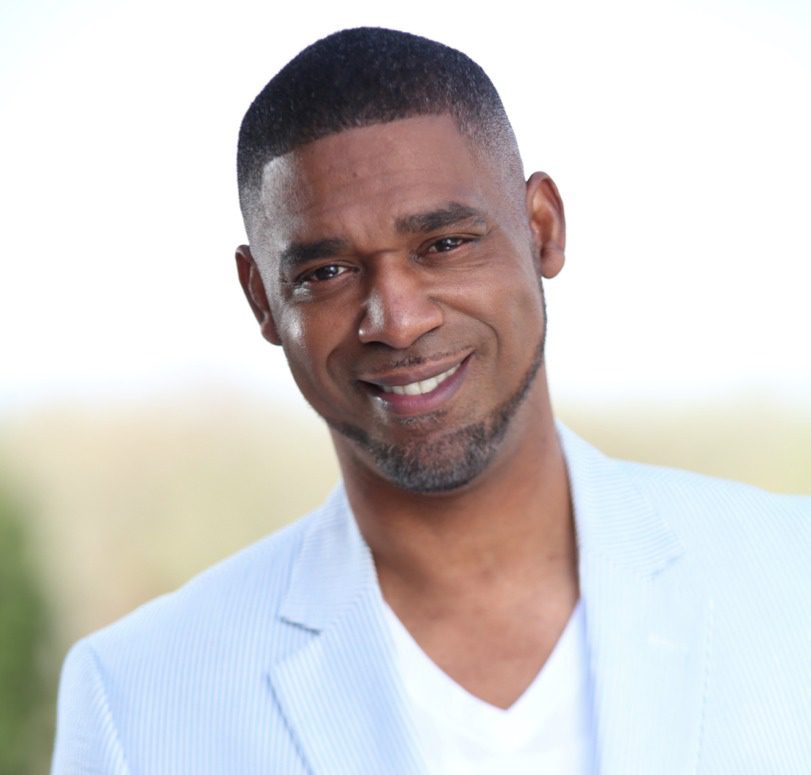Zombies in Our Midst: ‘Ivory Wave’ and ‘Purple Rain’ Bath Salts Not Just for Bathing
Ever since the gruesome face-eating attack on a homeless man in Miami by 31-year-old Rudy Eugene, whom police described as exhibiting “insane behavior,” attention has been focused on what could have caused this behavior. Among the likely culprits, what currently stands out and is receiving an incredible amount of attention are the drugs called “bath salts.” Bath salts are becoming a focal point of discussion and are a relatively new synthetic drug. It is described by manufacturers as bath salts or plant food, but in reality is a form of hallucinogen, a category of drug that includes LSD (acid) and magic mushrooms.
Bath salts, also known by street names like “Ivory Wave,” and “Purple Rain,” made headlines last year after a rush of emergency room visits, thousands of calls to poison centers and several deaths. The man-made, synthetic drug is made from amphetamine-like chemicals and causes a unique combination of effects on the brain. The drug is made by street chemists and sold in convenience stores or online, often legally since 2009 by marketing the substance as either bath salts or “plant food” or “insect repellent,” and stipulating “not for human consumption” on the label. A 50-milligram packet usually sells for $25 to $50 according to various estimates. According to the DEA, signs of reported use include insomnia, irritability, dizziness, depression, paranoia, delusions, suicidal thoughts, seizures and panic attacks. In additions, abusers of the drug have reported effects including impaired perception of reality, reduced motor control, and decreased ability to think clearly.

Miami Man Who Chewed Off Homeless Man’s Face Reportedly High on Bath Salts
Zombie Apocalypse: Man Accused of Eating Heart and Brain of Victim
According to a recent study published in the Annals of Emergency Medicine, bath salts first appeared in Germany in 2007 and by 2010, the American Association of Poison Control Centers reported that it received 304 calls about reactions to the drugs, and by the next year, that number had ballooned to more than 6,100. Currently, the National Conference of State Legislatures (NCSL) has 38 states listed that have instituted bans on bath salts (which they term “substituted cathinones”), but many levy no penalty for violating the ban. Mark Ryan, the director of the Louisiana Poison Center, described bath salts in a Business Week article as follows: “If you take the very worst of … LSD and Ecstasy with their hallucinogenic-delusional type properties, [the worst of] PCP with extreme agitation … and combativeness, as well as the [worst] stimulant properties of cocaine and meth … this is what you get. It’s ugly”
It is interesting to note that the Centers for Disease Control and Prevention’s website posted an article this past May titled “Preparedness 101: Zombie Apocalypse.” Abuse of this drug should be a concern for us all.

















